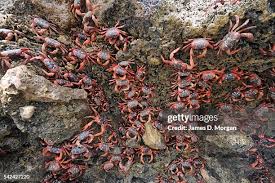Discover the Wonders of Alaska: Nature, Wildlife, and Culture

Introduction
Alaska, the largest state in the United States, is renowned for its breathtaking landscapes and rich biodiversity. With its vast wilderness, towering mountains, and stunning coastlines, Alaska offers a unique blend of natural beauty and adventure. This article explores the significance of Alaska not only as a travel destination but also as a vital area for conservation efforts and indigenous cultures.
Natural Landscapes and Wildlife
Alaska features diverse ecosystems ranging from glaciers and fjords to forests and tundras. The state’s national parks, including Denali National Park and Kenai Fjords National Park, protect these environments while providing habitat for iconic wildlife. Visitors can encounter grizzly bears, moose, mountain goats, and an array of marine life, including orcas and seals.
With the recent emphasis on climate change, Alaska’s glaciers have become a focal point for scientific research. Many glaciers, such as those in Glacier Bay National Park, are retreating at alarming rates, providing a stark visual representation of global warming’s impacts.
Cultural Heritage
Alaska’s culture is deeply intertwined with its geography. The state is home to numerous indigenous groups, such as the Inupiat, Tlingit, and Athabascan peoples, each with unique languages and traditions. Festivals celebrating Native Alaskan heritage, like the Iditarod Trail Sled Dog Race and various arts events, attract visitors interested in learning about these cultures.
Furthermore, the state’s oil and gas resources have sparked both economic growth and environmental debates, especially concerning the preservation of traditional lands versus modern development.
Conclusion
Alaska stands as a testament to the splendor of the natural world and the resilience of its indigenous cultures. As more people travel to experience its beauty firsthand, it is vital to approach this state with respect and awareness of its delicate ecosystems and cultural significance. The pressing issue of climate change calls for increased conservation efforts to protect Alaska’s unique landscapes and habitats.
In conclusion, Alaska is not just a place to visit; it is an invitation to engage with nature, respect cultural legacies, and advocate for sustainable practices. Future generations will rely on today’s efforts to ensure that Alaska remains a pristine sanctuary for wildlife and a home for its diverse peoples.









